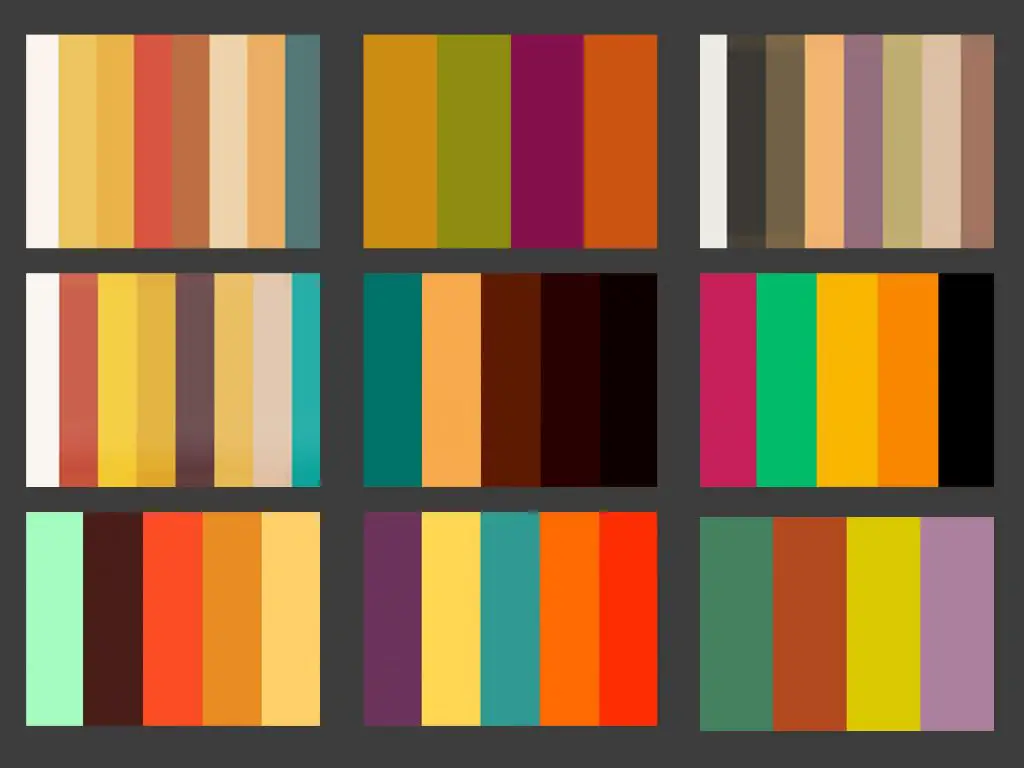Across Africa, colors have long held cultural significance and meaning. Especially for royalty, certain colors and color combinations have historically communicated wealth, power, and prestige. While color symbolism varies somewhat between regions and ethnic groups, some colors are widely associated with African royalty and nobility. Understanding the meanings behind royal African colors provides insight into the continent’s rich cultural heritage.
Purple and Blue
Two of the most ubiquitous colors of African royalty are purple and blue. In many parts of pre-colonial Africa, purple dyes were rare and labor-intensive to produce. As a result, the color purple became associated with high status and nobility. Only royal families could afford the expensive purple fabrics and garments that signified their elite rank. Even today, purple is considered a color of royalty and honor across Africa.
Deep blue has similar royal connotations in African culture. Blue dyes were also difficult to obtain, often made from imported materials like indigo or Egyptian blue. Consequently, blue garments and textiles were reserved for royal families who could procure the precious dyes. Blue’s association with the sky and life-giving rain may have furthered its connections to leadership and authority. Both purple and blue continue to symbolize nobility, prestige, and spiritual strength in modern Africa.
Red and Gold
In many parts of Africa, red is a color of vibrancy, power, and sacrifice. The natural red ocher pigments used in traditional African art represent life and spiritual potency. Red later became linked with royalty through its connections to bloodshed and war. African kings and chiefs historically demonstrated their authority through military conquests and victories. The red blood spilled in battle showed their supremacy and might.
Gold is the color of extravagance, wealth, and prosperity in African culture. Royalty wore gold jewelry, ornaments, and embroidered gold fabrics to display their affluence and high status. The gleaming brilliance of gold conveyed the glory and dignity of noble lineages. Importantly, gold was also connected metaphysically to the sun – the source of light and life. African royalty evoked their divine right to rule by adorning themselves in golden fineries and metals.
Green and Black
In many African societies, green pigments were created from rare minerals and stones like malachite, jade, and serpentine. Consequently, green became associated with exclusivity and nobility. Royal families used precious green dyes to distinguish their high rank and station. Green represented renewal, fertility, and the bounty of the natural world over which royal leaders held dominion.
Black is a somewhat more ambiguous color for African royalty. In some contexts, black symbolizes spiritual maturity, mystery, and the afterlife. For this reason, black may be worn by kings and elders to show their sacred wisdom and closeness to the ancestors. However, black is also the color of Africa’s fertile soils and thus connects to the earth, growth, and groundedness. So black clothing can represent a leader’s connection to the land and people. Black thereby communicates steadiness, dependability, and strength.
Animal Prints and Patterns
In addition to color symbolism, African royalty often incorporated animal prints, skins, and patterns into their regalia. Leopard, zebra, giraffe, lion, and reptile skins or prints signified the attributes of these animals – ferocity, speed, power, cunning, and skill. By donning the markings of mighty beasts, royalty evoked those strengths in themselves and their capacity to lead.
Royalty also utilized elephant hair, skins, tails, and tusks. As one of the largest and most intelligent land animals, the elephant symbolized wisdom, memory, dignity, and compassion. While feared for its size, the elephant moves gently and calmly through the forest. Its presence commands respect. So elephant motifs connected kings and chiefs to this wise, respected creature.
Kente Cloth
One of the most famous royal textiles of Africa is kente cloth. Kente originated with the Ashanti people of Ghana and the Ewe of southeastern Ghana and Togo. The intricate, colorful weavings became reserved for nobility and royalty among these groups. Different kente patterns communicate different meanings through their names, with royal designs denoting wealth, power, and high office.
For example, the GTPMM/adwene asa pattern means “the king does not bite,” representing the wisdom and restraint of kings. Other royal kente designs include the tekteken ku ku “royal sword,” fa hwe man “show yourself worthy to rule the nation,” and ahenemaa bee kesee “a queen is not easily tampered with.” When worn by chiefs and kings, these kente clothes reinforce the authority and sanctity of their position.
Conclusion
Color symbolism has long played an important role in African royal heritage. While specific meanings vary regionally, certain colors like purple, blue, red, and gold are fairly consistent in their associations with nobility and high office. Green, black, and kente cloth also communicate royalty and honor in different contexts. By adorning themselves in these special colors, textiles, and motifs, African leaders signified their elite status, divine right to rule, and connection to the land and people. Even as governance changes, these colors and patterns preserve cultural understandings of power and authority.
Table of Common Colors Symbolizing Royalty in Africa
| Color | Meaning |
|---|---|
| Purple | Wealth, high status, nobility |
| Blue | Prestige, spirituality, authority |
| Red | Power, sacrifice, military might |
| Gold | Affluence, prosperity, divine right |
| Green | Exclusivity, renewal, fertility |
| Black | Wisdom, spirituality, earthiness |

